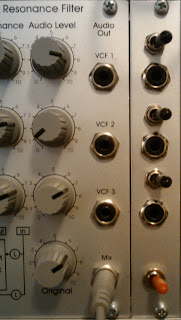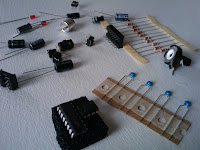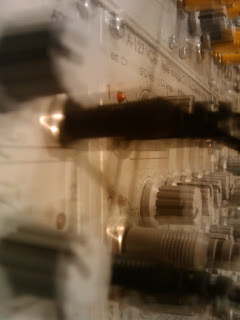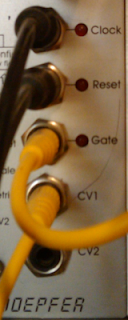After the wide adaptation of the MIDI standard, the DIN sockets started to dissapear from most instruments. Syncing instruments via MIDI is now handled by the MIDI Beat Clock at a same 24 PPQN rate.
The SYNC plugs look the same as MIDI plugs ( DIN-standard, round with 5 pins ) ,but the pins have a different configuration as the MIDI plugs. The Din Sync standard can only handle clock signals (for tempo) and start/stop signal, so it sends no pitch-control. More info on Doepfer's SYNC FAQ page.
I know the DIN-Sync standard is now close to death. Only a few 'modern' drum-machines still have a SYNC In or Out, like for example the Novation Drumstation that i own.
The idea of a A-100 SYNC converter module doesn't sound bad in my opinion, perhaps a kind (extended) modular version of MSY2 MIDI-to-SYNC Converter that Doepfer sells? ( A-190-X maybe? )
If i might suggest some extra features, why not add a 16 (or more) trigger outputs (A-160/A161-style) , SYNC-in possibility, reset output(s) and switches on the front for choosing dividing factors.
That, together with a set of MIDI In and Thru, or an internal link possibility to the A-190, would make an awesome (and not too expensive) module that for example could be used for percussive effects like triggering drumsounds in Sync with your old equipment.
The idea of a A-100 SYNC converter module doesn't sound bad in my opinion, perhaps a kind (extended) modular version of MSY2 MIDI-to-SYNC Converter that Doepfer sells? ( A-190-X maybe? )
If i might suggest some extra features, why not add a 16 (or more) trigger outputs (A-160/A161-style) , SYNC-in possibility, reset output(s) and switches on the front for choosing dividing factors.
That, together with a set of MIDI In and Thru, or an internal link possibility to the A-190, would make an awesome (and not too expensive) module that for example could be used for percussive effects like triggering drumsounds in Sync with your old equipment.















































